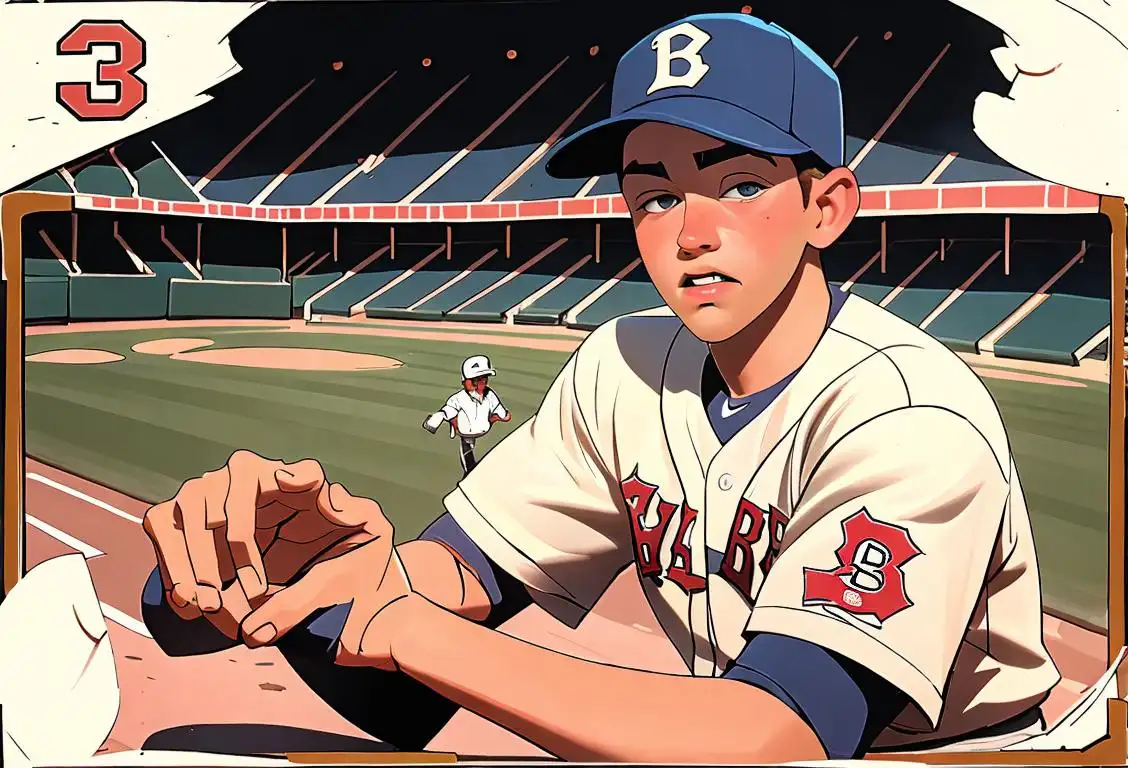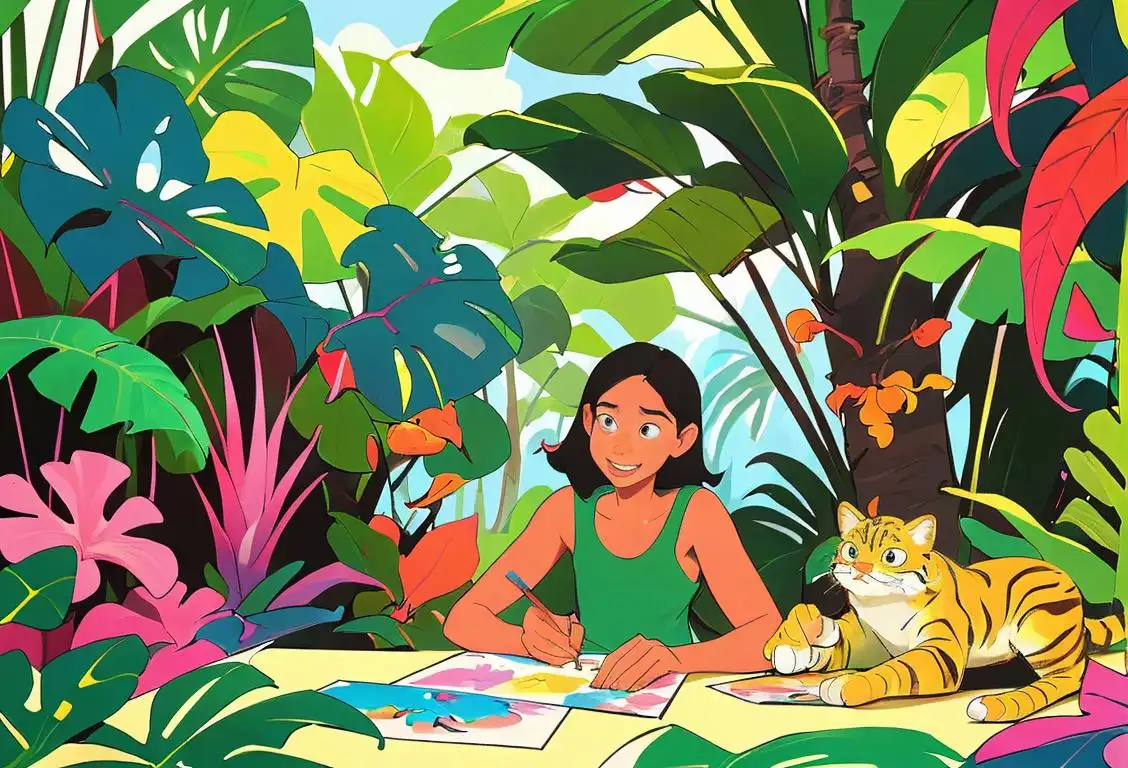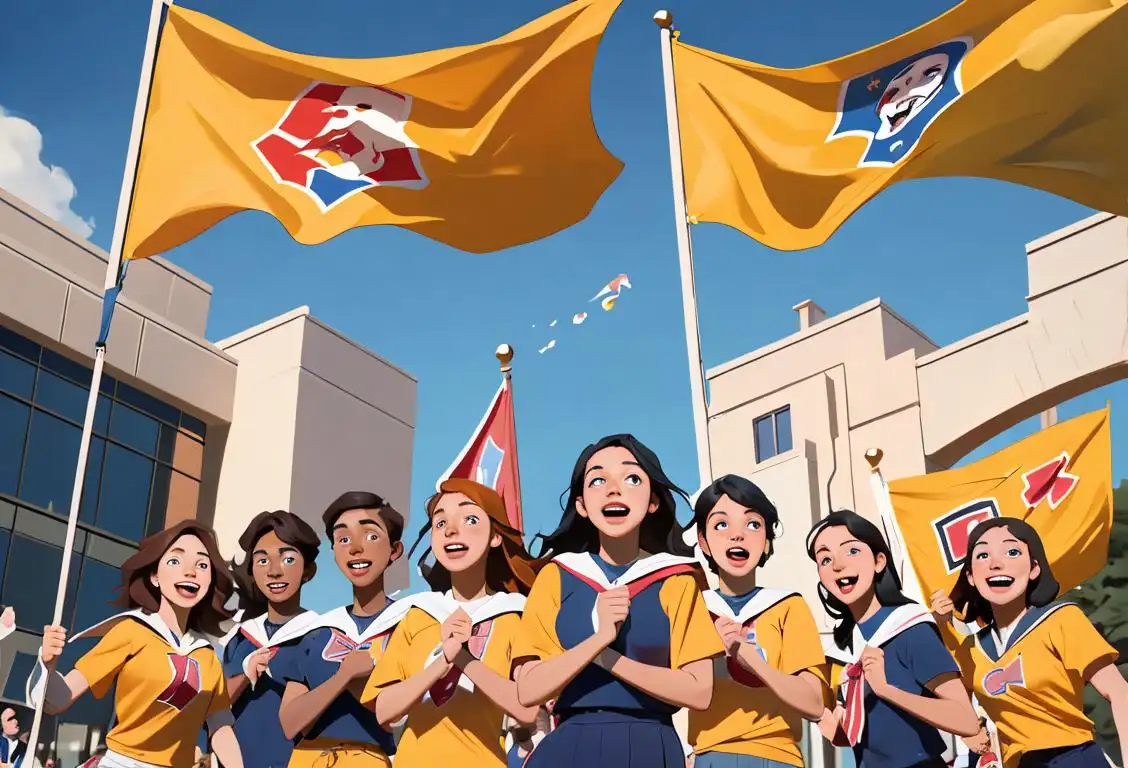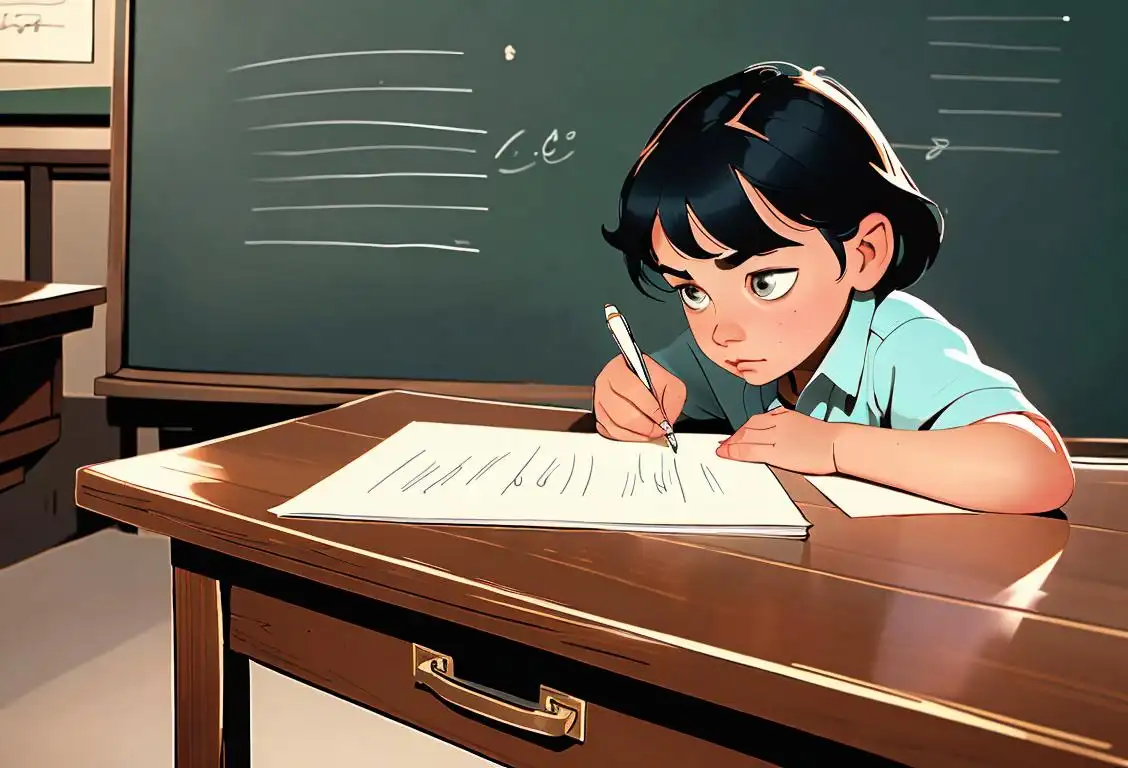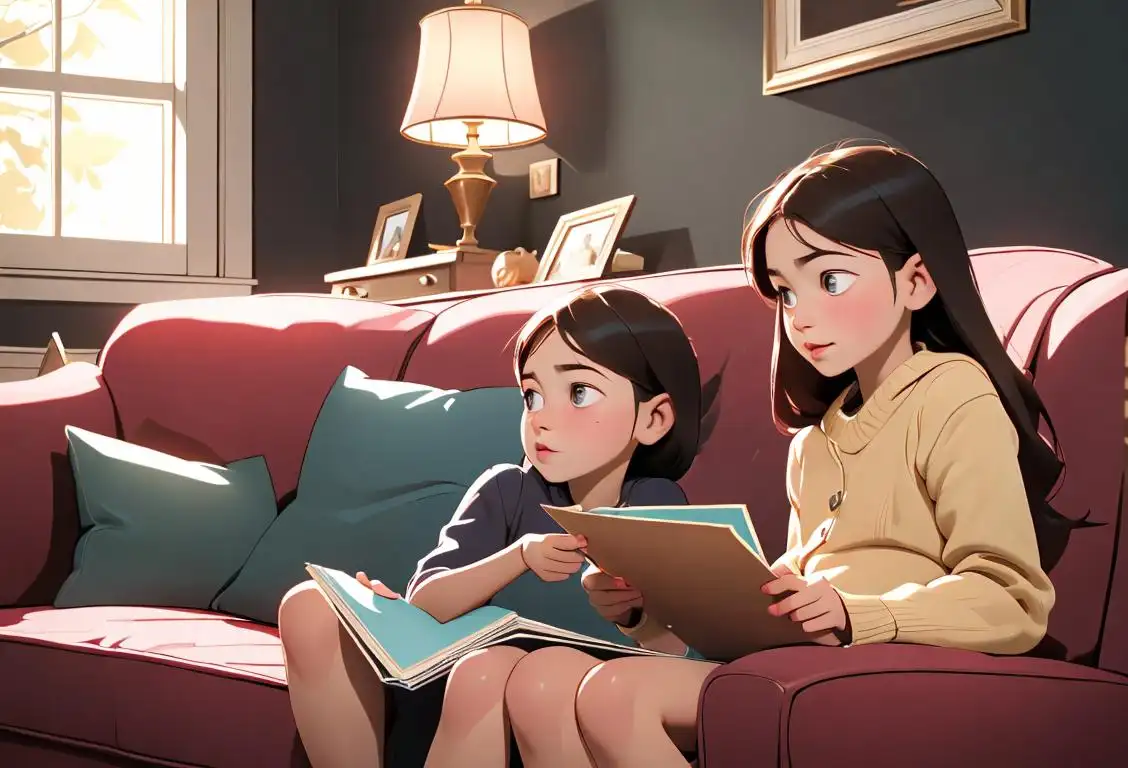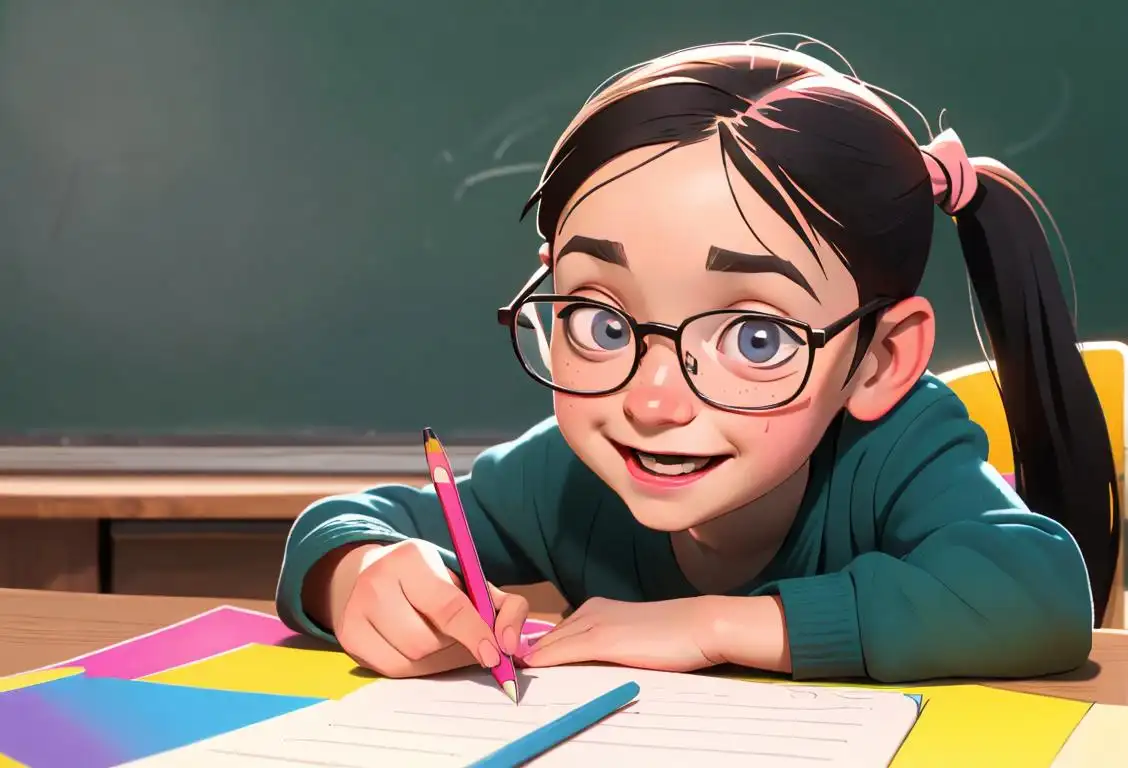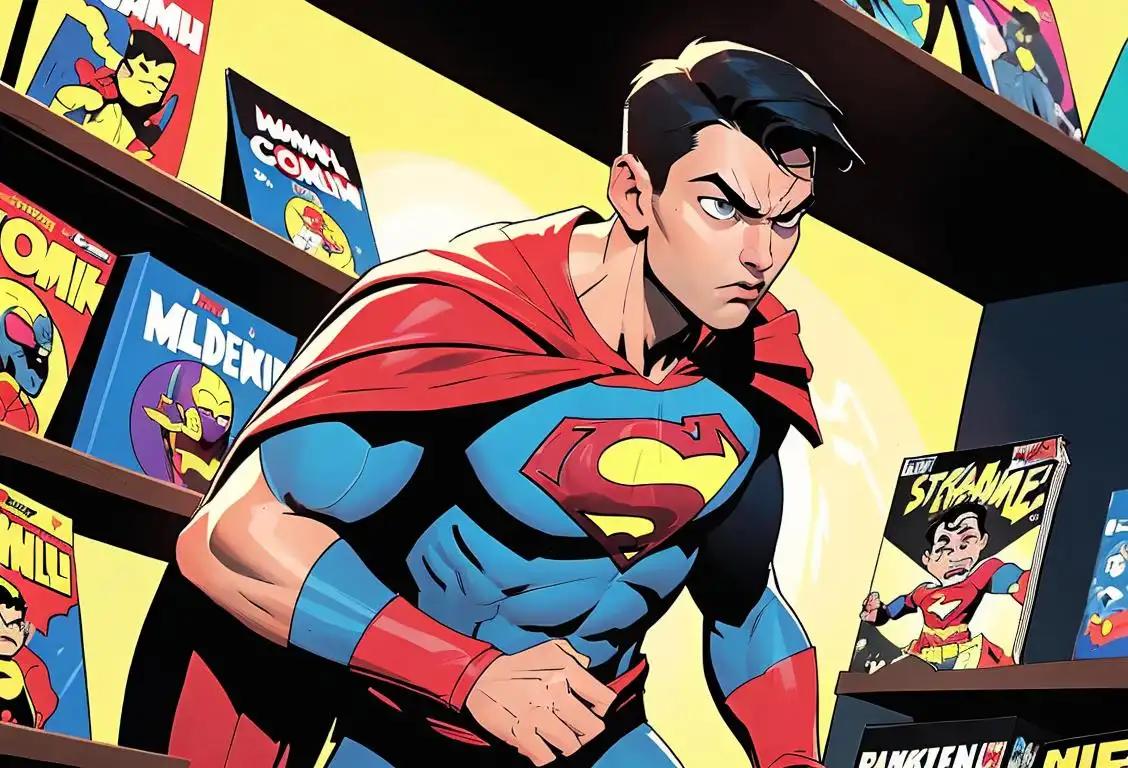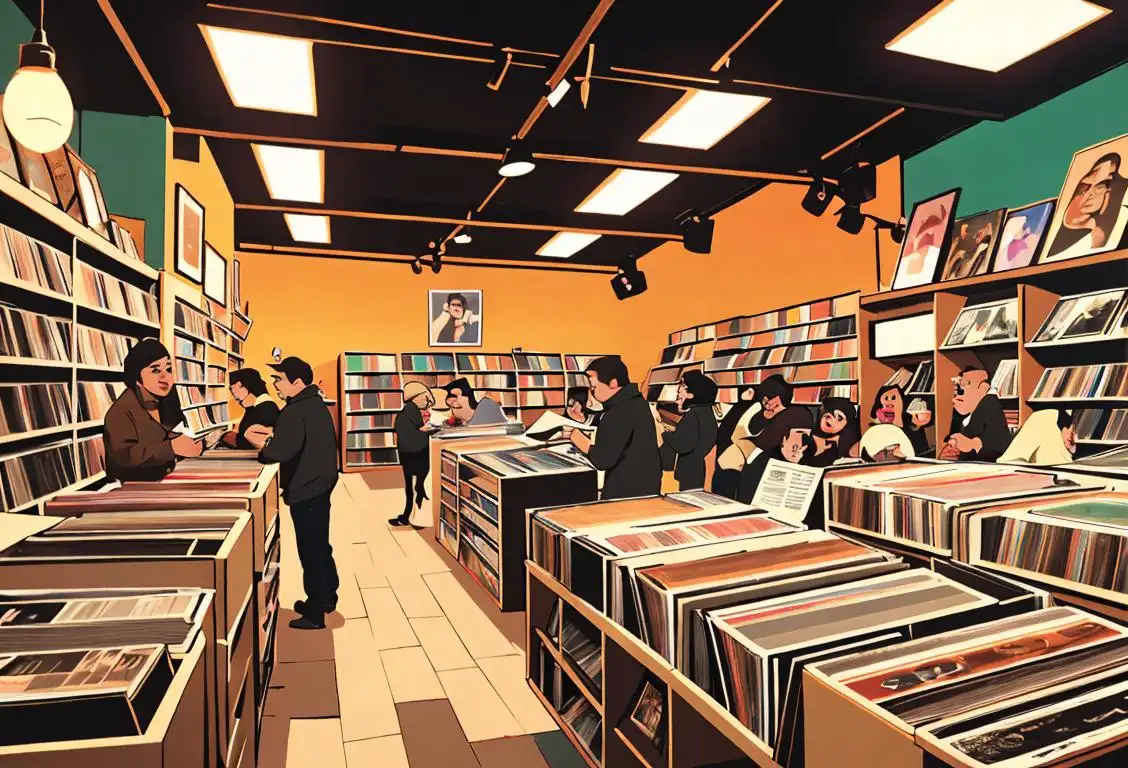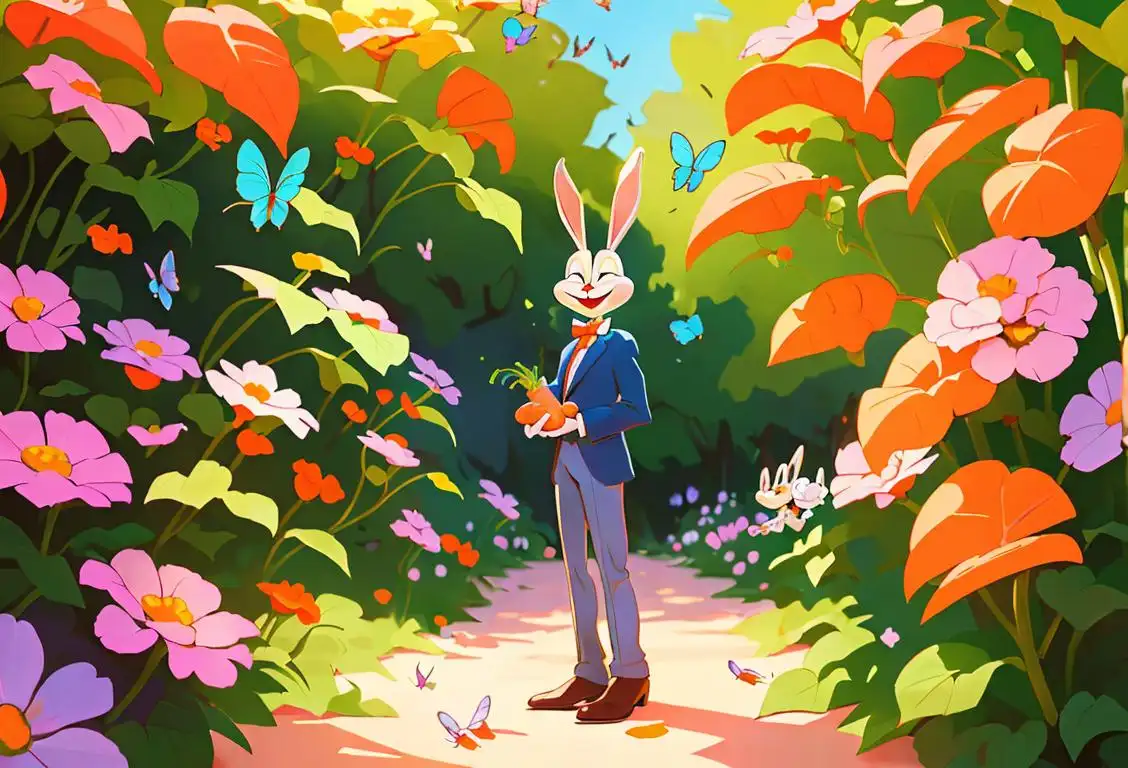National Crayola Day
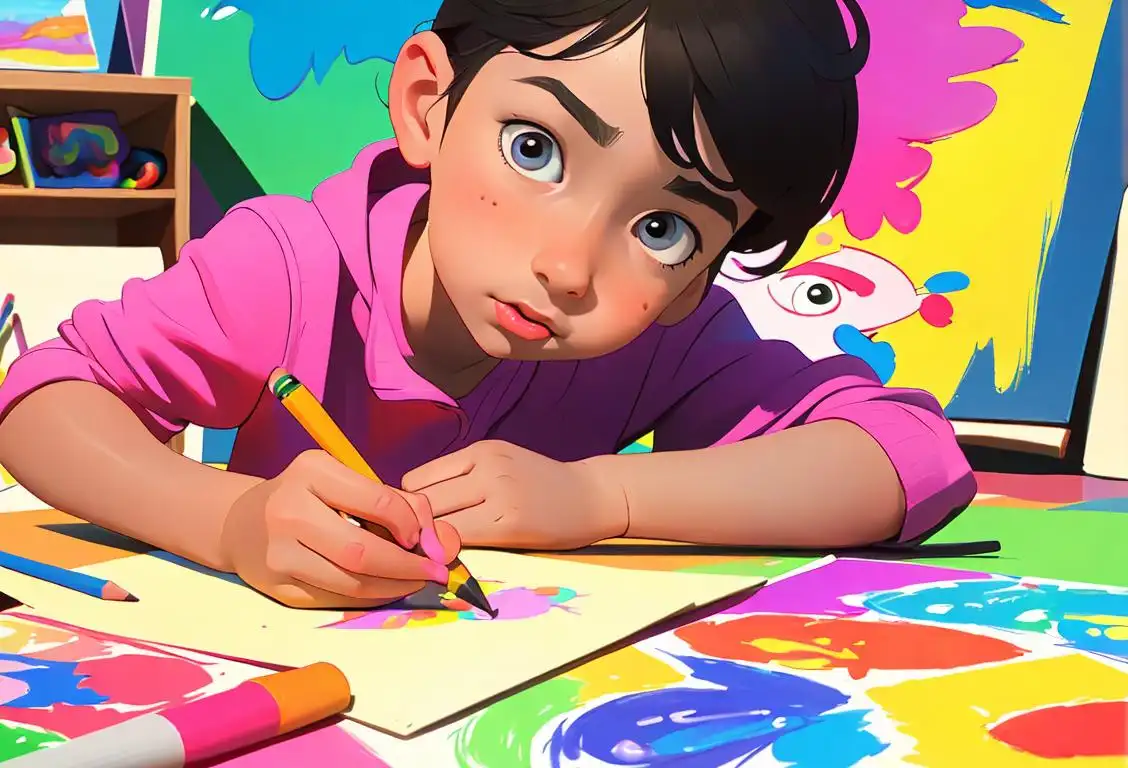
Welcome to National Crayola Day! Prepare to unleash your inner artist and let your creativity shine. Crayola, the beloved brand that has brought joy to both kids and adults for decades, has its very own special day. Grab your coloring books, sharpen those crayons, and get ready to celebrate a day filled with vibrant colors and endless imagination.
When is Crayola Day?
It's national crayola day on the 25th April.
A Colorful History
Let's dive into the fascinating history of Crayola and how it became an essential part of our childhood and beyond. Crayola, originally known as Binney & Smith, was founded by Edwin Binney and C. Harold Smith in 1885. Their initial products included pigments, dustless chalk, and crayons for industrial use.
It wasn't until 1903 that Crayola produced its first box of crayons specifically designed for children. The box featured eight colorful crayons, and it quickly became a hit. Crayola expanded its range of colors over the years, introducing new shades and improving the quality of their products.
In 1958, Crayola introduced the iconic 64-box pack with a built-in sharpener. This pack became an instant classic, and the vivid hues within it unleashed the imagination of countless artists, young and old. Crayola has continued to innovate, introducing new products like washable markers, colored pencils, and even scented crayons!
Unleash Your Inner Artist
Are you ready to embrace your artistic side? National Crayola Day is the perfect opportunity to let your creativity run wild. Gather your loved ones, friends, or even coworkers for a colorful and fun-filled day of coloring.
Remember, coloring is not just for kids—it's for all ages! It's a relaxing and therapeutic activity that allows you to unwind, destress, and tap into your imagination. So, grab your favorite coloring book or unleash your inner Van Gogh and create your own masterpiece.
Did You Know?
Did you know that Crayola produces enough crayons in a year to wrap around the Earth 6 times? That's a whole lot of color! Whether you prefer to stay within the lines or go abstract, Crayola's vibrant crayons are always ready to bring your imagination to life.
History behind the term 'Crayola'
1903
The birth of the crayon
In the year 1903, the term 'crayola' came into existence with the founding of the Binney & Smith Company by Edwin Binney and C. Harold Smith. Originally, the company produced industrial pigments, but they soon realized the demand for safe and affordable coloring materials for children.
1900
What's in a name?
In 1900, a company called Binney & Smith produced dustless chalk for schools. However, they needed a distinctive name to set their product apart from others on the market. Edwin Binney, one of the company's founders, conducted a competition among his employees to come up with a suitable name for their chalk. Alice Stead Binney, Edwin's wife, suggested the term 'Crayola,' a fusion of the French words 'craie' (meaning chalk) and 'ola' (meaning oily).
1903
Birth of Crayola crayons
In 1903, Binney & Smith expanded their product line to include wax crayons. These crayons were made with a base of carbon black and oil, providing a smooth and vibrant coloring experience. To capitalize on the success of their new crayons, Binney & Smith decided to adopt the name 'Crayola' for their entire line of art products, including both chalk and crayons.
1903
The first crayon box
Later in 1903, Binney & Smith introduced their first box of crayons, initially called 'Crayola'. The name came from blending the French words 'craie' meaning chalk, and 'ola' meaning oily. These crayons were non-toxic and made with pigments and wax, making them safe for children to use.
1927
Colorful improvements
In 1927, Crayola made a significant advancement by introducing a change to their crayon formula. They replaced carbon black with a more stable and vivid pigment called carbon tetrachloride. This innovation allowed for a wider range of vibrant colors, leading to increased popularity of Crayola crayons among children and artists alike.
1904
The iconic 8-pack
The year 1904 marked the introduction of the iconic 8-pack of Crayola crayons, which included the primary colors, plus orange, green, violet, and brown. This set became an instant hit, allowing children to create vibrant and colorful artwork.
1958
More colors, more fun
Crayola, always striving to provide a diverse color palette, introduced their largest box of crayons in 1958. This iconic box contained a whopping 64 different crayon colors, including several shades of red, blue, green, and more. This expansion brought increased creativity to children's artwork and solidified Crayola's status as the go-to brand for colorful expression.
1958
Innovation and expansiveness
Crayola crayons continued to evolve, and in 1958, the company expanded its range by introducing a 64-pack of crayons. This set included the classic colors as well as many shades and variations, all neatly organized in a box with a built-in sharpener.
1997
Crayola in digital age
In 1997, Crayola made a leap into the digital world by launching their first interactive website. This marked Crayola's commitment to embracing technology while still encouraging traditional art. The website offered coloring pages, interactive games, and art activities, providing a virtual canvas for kids to unleash their creativity.
1997
The digital age
In 1997, Crayola embraced the digital age by launching its first-ever website, allowing children and their families to explore creative activities, play games, and learn about art. This move highlighted the brand's commitment to staying relevant and engaging in the changing times.
2010
Crayola Experience
In 2010, Crayola opened the first Crayola Experience, a family-friendly attraction where visitors can immerse themselves in hands-on creative activities. These interactive crayon-themed attractions can be found in various locations across the United States, providing a colorful and educational experience for all ages.
Did you know?
Did you know that Crayola produces enough crayons in a year to wrap around the Earth 6 times?Tagged
fun nostalgia artsFirst identified
25th April 2016Most mentioned on
25th April 2016Total mentions
76Other days
Crayola Day
Baseball Card Day
Coloring Book Day
College Colors Day
Handwriting Day
Cousins Day
Pencil Day
Comic Book Day
Record Store Day
Bugs Bunny Day
